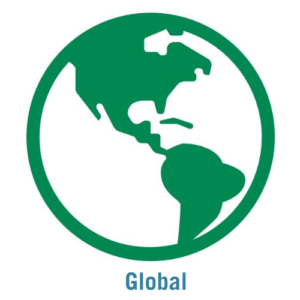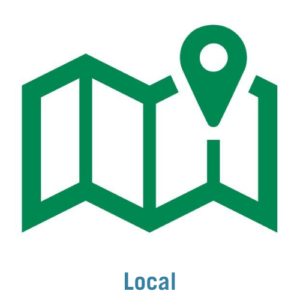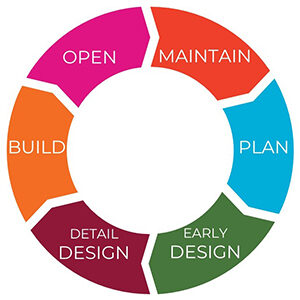
RAP Infrastructure Safety Management Tools Summary
iRAP and its partners have developed a suite of tools that use the iRAP methodology to support infrastructure safety management globally and locally.
About iRAP
The International Road Assessment Programme (iRAP) is a registered charity dedicated to saving lives by eliminating high risk roads throughout the world. The iRAP methodology is internationally recognized and offers evidence-based approaches to guide planning, design, investment, advocacy and policy setting. The methodology and specifications are fully published and freely available and have been used in more than 100 countries to assess over 2 million km of roads and designs. iRAP’s partners include road and transport agencies, research institutes, development banks, mobility clubs, NGOs and the road industry. iRAP and its partners use the tools to support continuous improvement efforts for the mutual benefit of all. iRAP is supported by the FIA Foundation, Global Road Safety Facility (GRSF) and FedEx.
Global Technical Committee (GTC)
The iRAP Global Technical Committee (GTC) governs development of the iRAP methodology, considers the latest road safety research and oversees the technical integrity of the use of the methodology worldwide. The GTC reports directly to the iRAP Board and is comprised of experts from leading road safety organisations and research agencies from around the world.
Innovation Framework
| Apart from the tools developed by iRAP which can be applied globally, tools developed with iRAP partners that use the iRAP methodology are known as RAPapps or Made Safer by iRAP apps. These are fit-for-purpose applications that often meet local or organisation-specific needs and are managed within the iRAP Innovation Framework. In addition to the suite of tools summarised in this document, several new tools and models are also in development through the Framework. |  |
 |
All Phases of a Road’s Lifecycle
|
The tools can be used at all stages of a road’s lifecycle: – Planning: includes strategy, policy and project concepts.
|
|
Global Goals and Targets
|
The suite of tools support achievement of Sustainable Development Goals (SDG) 3.6 and 11.2, the Global Plan for the Decade of Action for Road Safety 2021-2030 sets a target of a 50% reduction in road deaths and injuries, and includes recommendations for the achievement of Global Road Safety Performance Targets 3 and 4:
|
|
Training and Accreditation
iRAP offers a range of training opportunities to build the knowledge and skills needed to establish a Road Assessment Program (RAP), plan and manage a project and perform assessments using the iRAP methodology and tools. The iRAP accreditation scheme helps ensure that iRAP assessments are performed to the same consistently high level of quality worldwide. Practitioners that are accredited can become part of a market of suppliers that are able to bid competitively to deliver assessments using the iRAP methodology.




















